For three years, in the early 1990s, we lived on the island of Cyprus in the eastern Mediterranean Sea. The capital, Nicosia, was divided in half by the Turkish invasion of 1974. After the conflict, U.N. troops kept peace along a border called The Green Line. This line divided the entire island between the Turkish occupied northern section and the Greek populated land to the south. We lived on the Greek Cypriot side of Nicosia. Although you could still see bullet holes in certain places, the old part of the city was very charming—vine covered walls, stone terraced tavernas, shops of pottery, pewter, and hand made lace, narrow cobbled lanes with flowers spilling out of pots.

We lived on the ground floor of a small apartment building adjacent to the International School of Cyprus [ISC], as it was called in those years. The kitchen and living room had glass doors that opened onto a large terrazzo-tiled terrace bordered by a white iron railing. It was overhung with willow branches from an enormous tree growing out of the garden of the Greek restaurant on the hillside just below.
In warm weather, sounds of clinking glassware and cutlery drifted upward as tables were set for dinner on the patio. We befriended the owner and sometimes he beckoned us to join him for a late night glass of wine. When the last diners departed, we tiptoed down the stone stairs between our terrace and his restaurant to have a drink and conversation under candle lanterns in the willow tree.
I met Janmarie during our first year in Cyprus. Her four children attended ISC. After dropping them off in the morning, she was at my kitchen table for coffee by 8:30AM. Every day. We became good friends over those visits, talking easily about many things.
Sometimes morning coffee conversations merged into lunchtime hunger. When this happened, particularly in the wintertime, Janmarie would say, “Let’s go for some Halloumi.” We headed downtown to the old part of the city.
Halloumi is a cheese that originated in Cyprus centuries ago. Traditionally it came from sheep’s milk, is pure white, shaped in semi-solid blocks and packed in salty brine. Once relieved of it’s packaging and drained, it looks anemic and unappetizing. The subtlety of this cheese is that it transforms into something special by grilling it to a golden color.
On the streets of old-town Nicosia, hot off the grill, layered on Panini bread with tomato and cucumber slices, then grilled again in a sandwich press, halloumi was more than a hand held snack. It was the taste of salt from the sea mixed with creamy chewiness and warmth, in sharp contrast to the cold air in which we sat.
On a wintery day in a Cypriot taverna, that sandwich reminded me of ancient history beneath the cobblestones–9000 years of island invasions and conquerors, Greek mythology, Roman ruins, and archeological digs. In our own time, it was a reminder of spring picnics in fields of red poppies, smooth-stoned beaches, and tile-roofed houses of old stone overlooking the sea. All told, grilled halloumi is the remembrance of a specific time and place, nourishing food, and my friend.
When we lived in Cyprus, halloumi was a local product only, made and consumed on the island. Later, we lived in Taiwan, Germany and France and halloumi was forgotten.
Then one day, in a Greek delicatessen on our Parisian market street, I spied bricks of that briny cheese. The global market had caught up. Taste and memory were about to be rekindled.
There are different ways to prepare and enjoy halloumi. The easiest way is to slice it ¼ inch thick and fry in a little bit of good olive oil. When nicely browned on both sides, it is the start of a great sandwich using pita bread or a tortilla wrap. Layer in tomatoes, cucumbers, red onions, spinach or leafy lettuce.
As a snack or hors d’oeuvre, halloumi can be prepared a little differently. Cut into cubes and brown on all sides in a small amount of olive oil. When golden, place in a bowl, drizzle with a bit more oil and sprinkle with red pepper flakes. Pass out the toothpicks and eat it right away. You can make tapas with olives and fresh crudités, or enjoy the salty creaminess on its own.
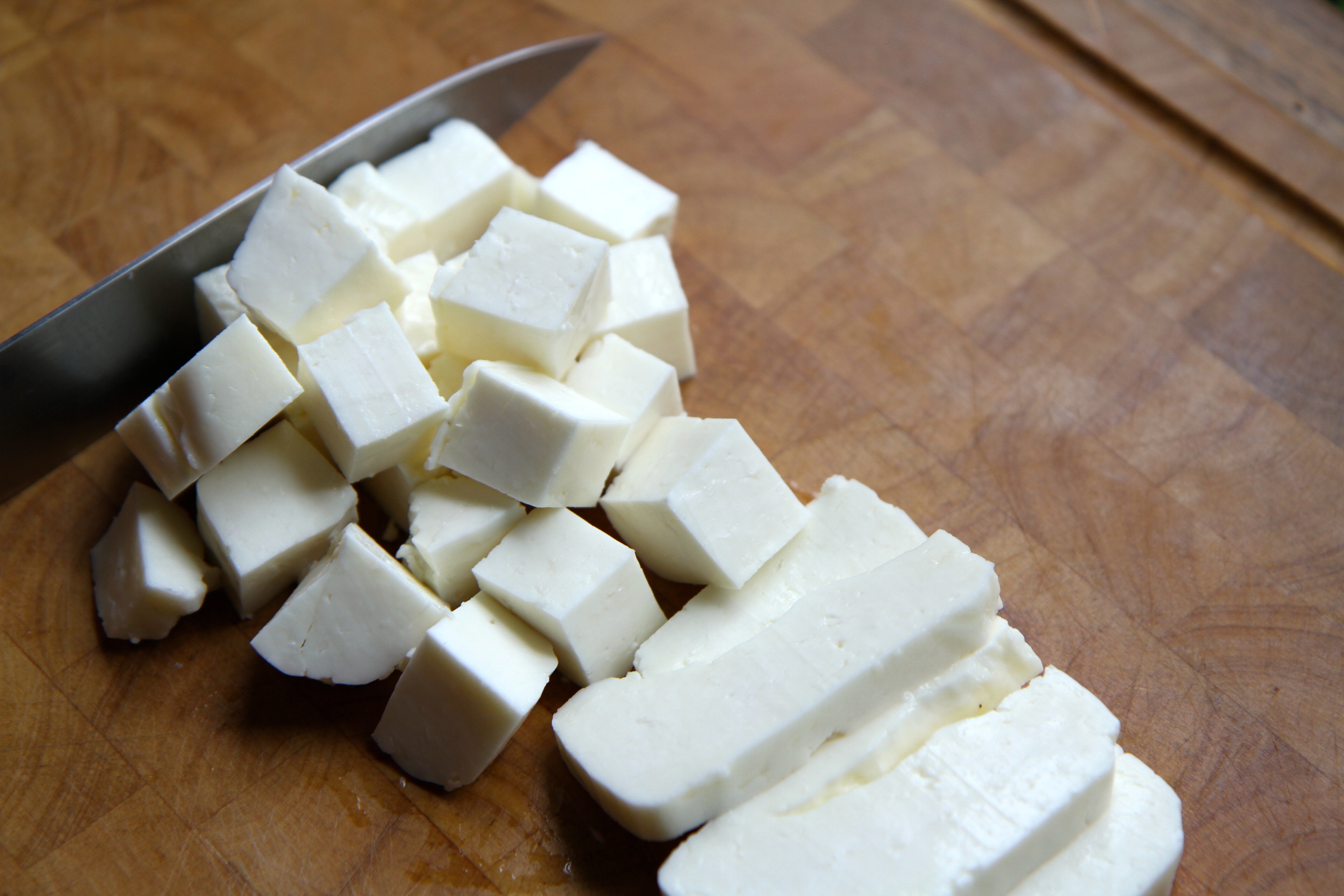
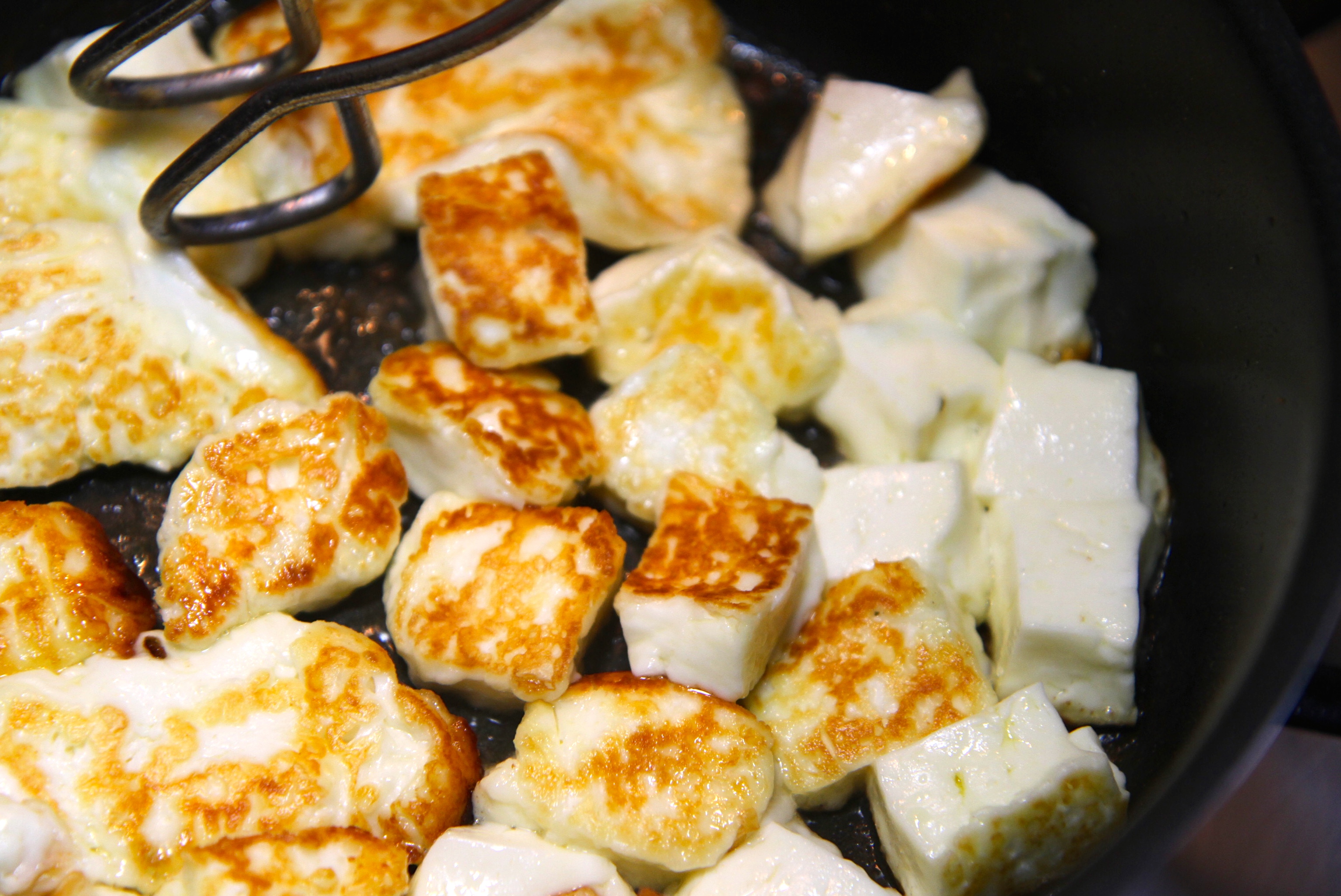
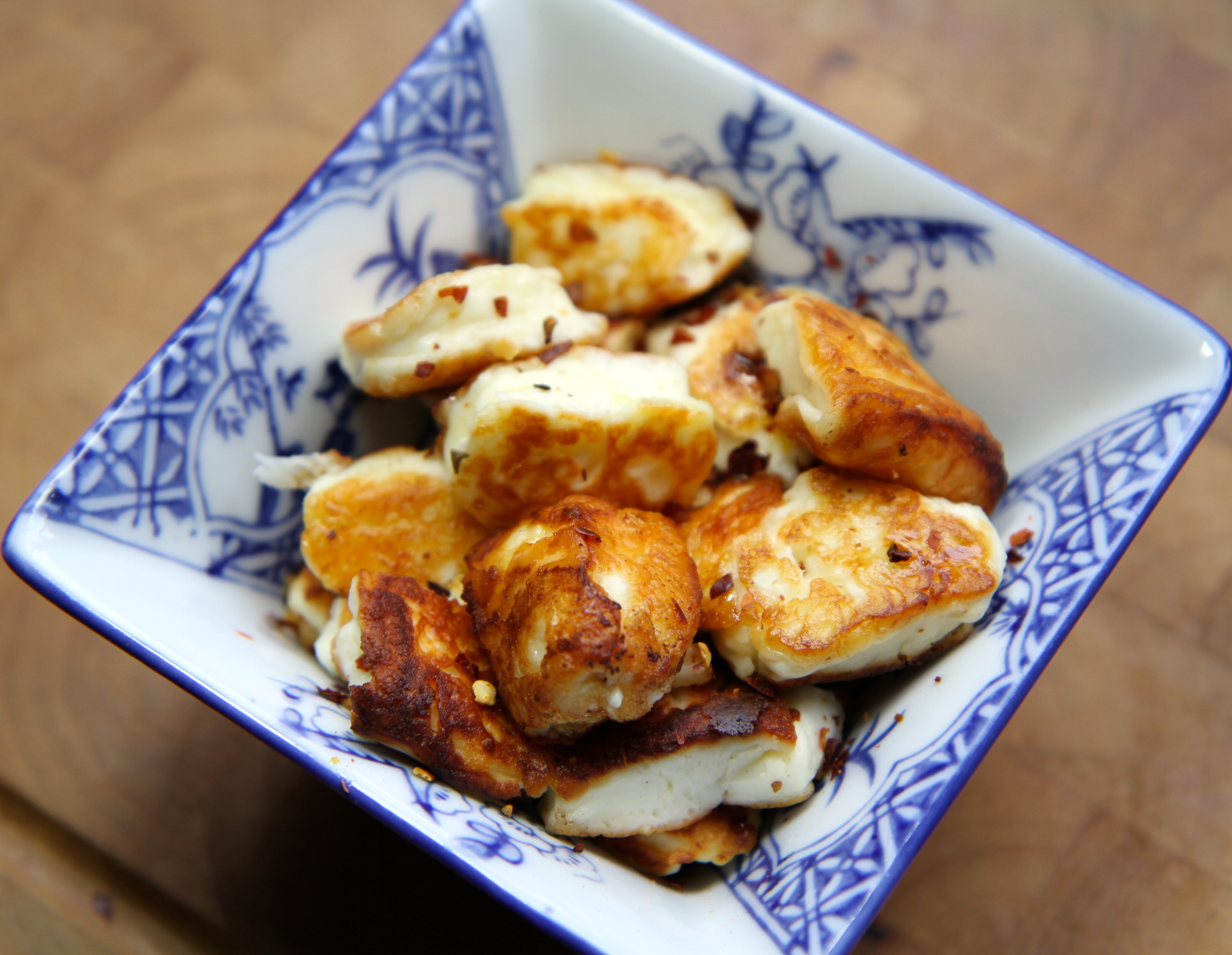
Although I can eat halloumi cheese anywhere in the world these days, I cherish most these three things–a Mediterranean island steeped in ancient history, the camaraderie of a great friend, and a hot-off-the-grill halloumi sandwich on a cold winter day.




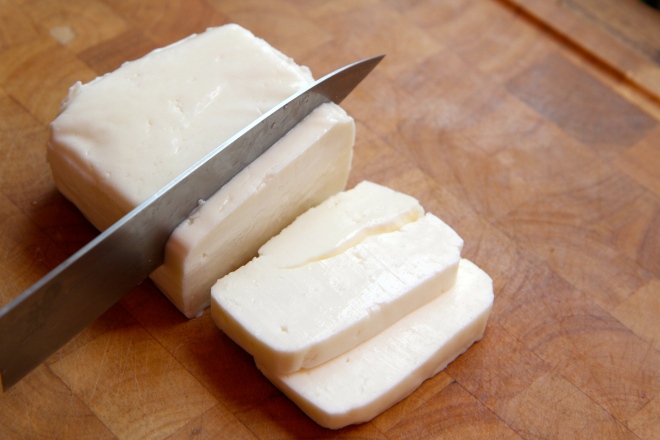
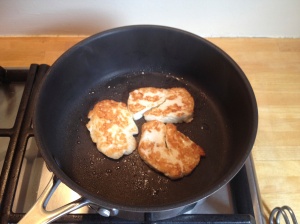

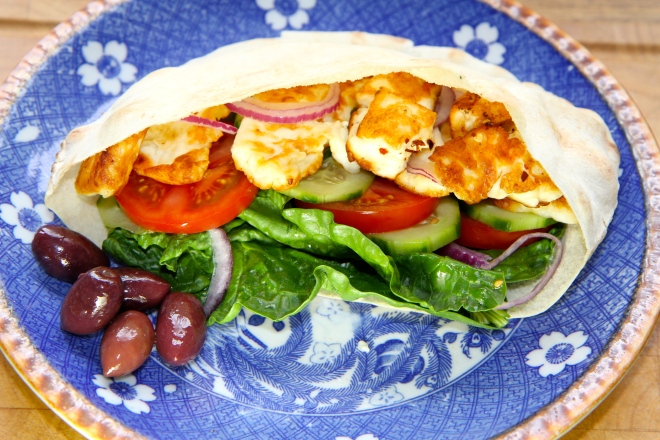




Always love all the pics and the writing, not to mention the wonderful recipes. Wish I had gotten to visit Cyprus when you lived there.
LikeLike
How wonderful Wendy- you have taken me back in time to those years when I was a teacher at ISC and Mark was my principal. Amazing to see where you have gone and to remember together the pleasures of Cyprus. Greetings from Norway! Katharine Stavrinou
LikeLike
Kathy, It’s great how the big internet circle reconnects us. Now if I would just let go of my Facebook inhibitions, another world might open up…
Are you teaching in Norway?
LikeLike
I am teaching in Norway and also keeping my own small organic farmstead with goats, chickens, ducks, and organic veggies. You can see my blog at http://www.thegoatsgarden.com
LikeLike
What I love about your blog is that I get to experience what I have only breifly heard about many years ago. Amazing how food and wonderful experiences go hand in hand.
LikeLike